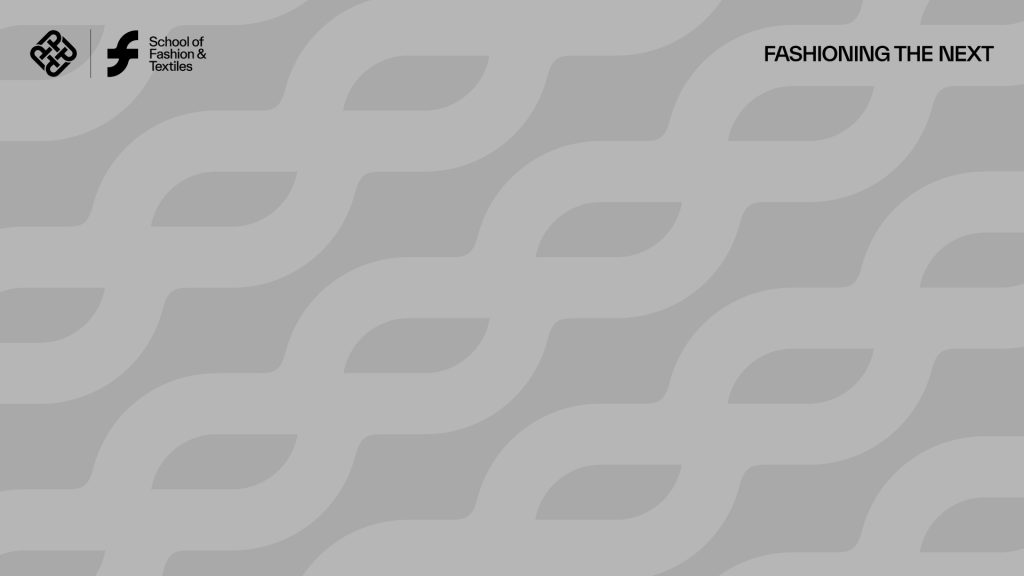Bracing is the most common non-operative treatment option for patients with adolescent idiopathic scoliosis (AIS). However, existing brace designs have deficiencies, including a long production lead time and low patient compliance caused by the negative impacts of bracing on quality of life (QoL). The aim of this study was to address these problems by developing a new textile-based scoliosis brace in accordance with the biomechanics used in the existing braces for spinal correction. A case study of interface pressure had been carried out to determine the optimum combination of pads to be used in the proposed brace to correct a scoliotic spine. AIS patients who were undergoing hard brace treatment were recruited to complete a questionnaire (BrQ) on hard braces and on the proposed brace. The BrQ scores of the two types of braces were compared to assess their respective impacts on the QoL. The findings show that the proposed brace can address the issue of patient compliance by reducing the impact of bracing on QoL, and shorten the production lead time through incorporation of the mass customization concept into the design. Similar to most of the commonly-used scoliosis braces, the selected combination of pads used in the proposed brace for spinal correction shows a sufficient amount of exerted pressure and a similar function of active spinal correction.
Exploring mass customization and textile application in medical products: re-designing scoliosis brace for shorter production lead time and better quality of life

Testing
Testing
